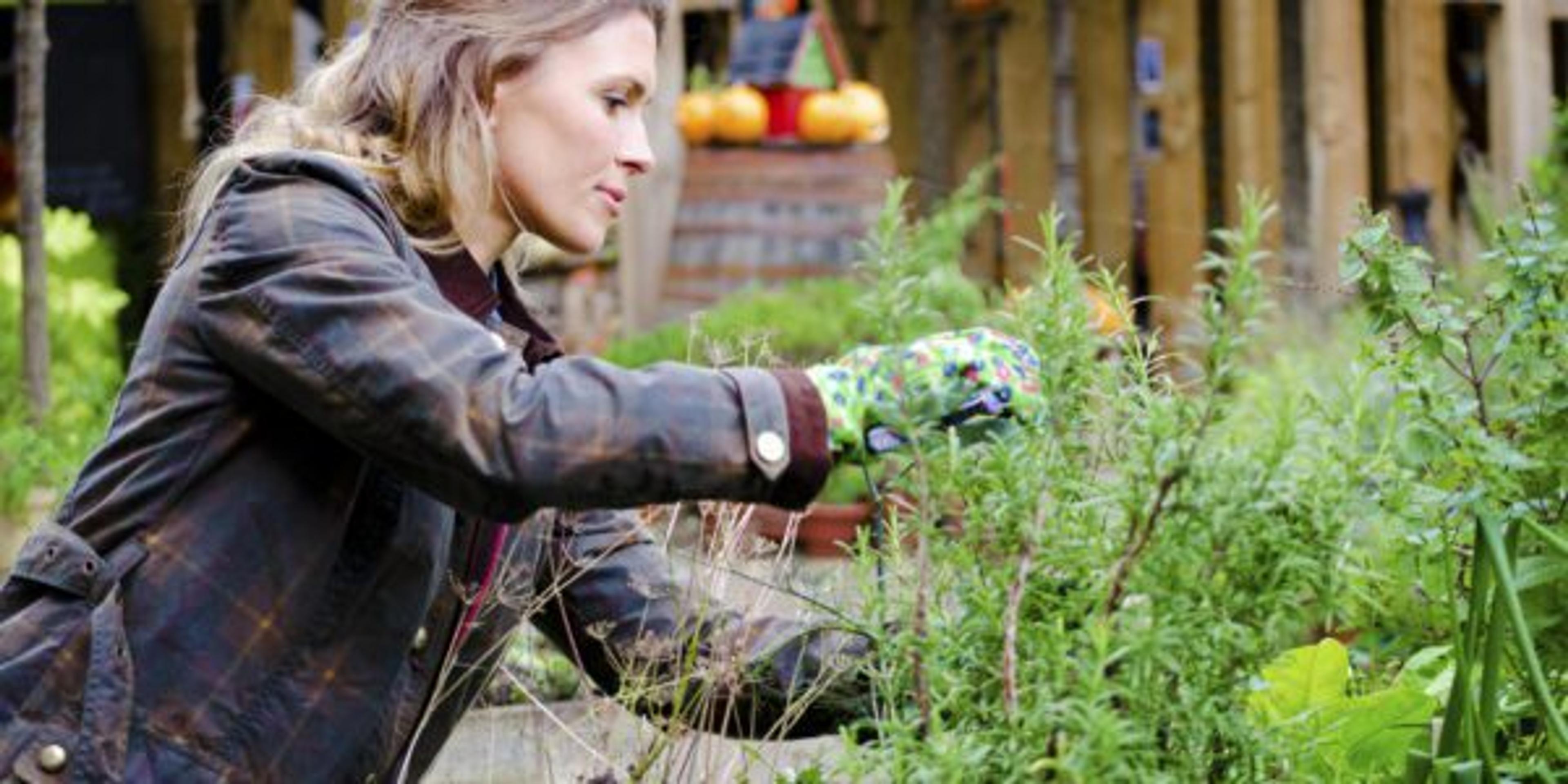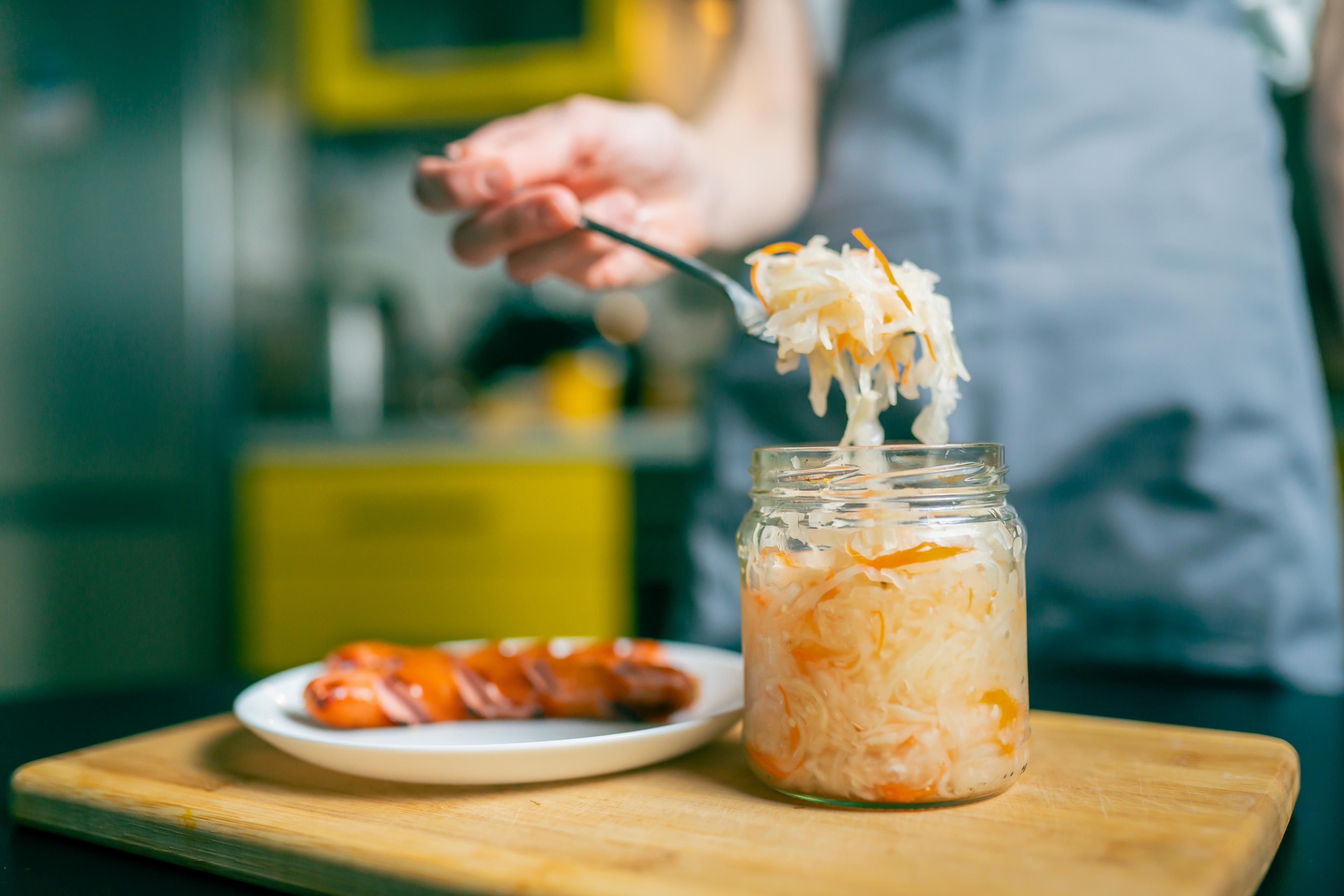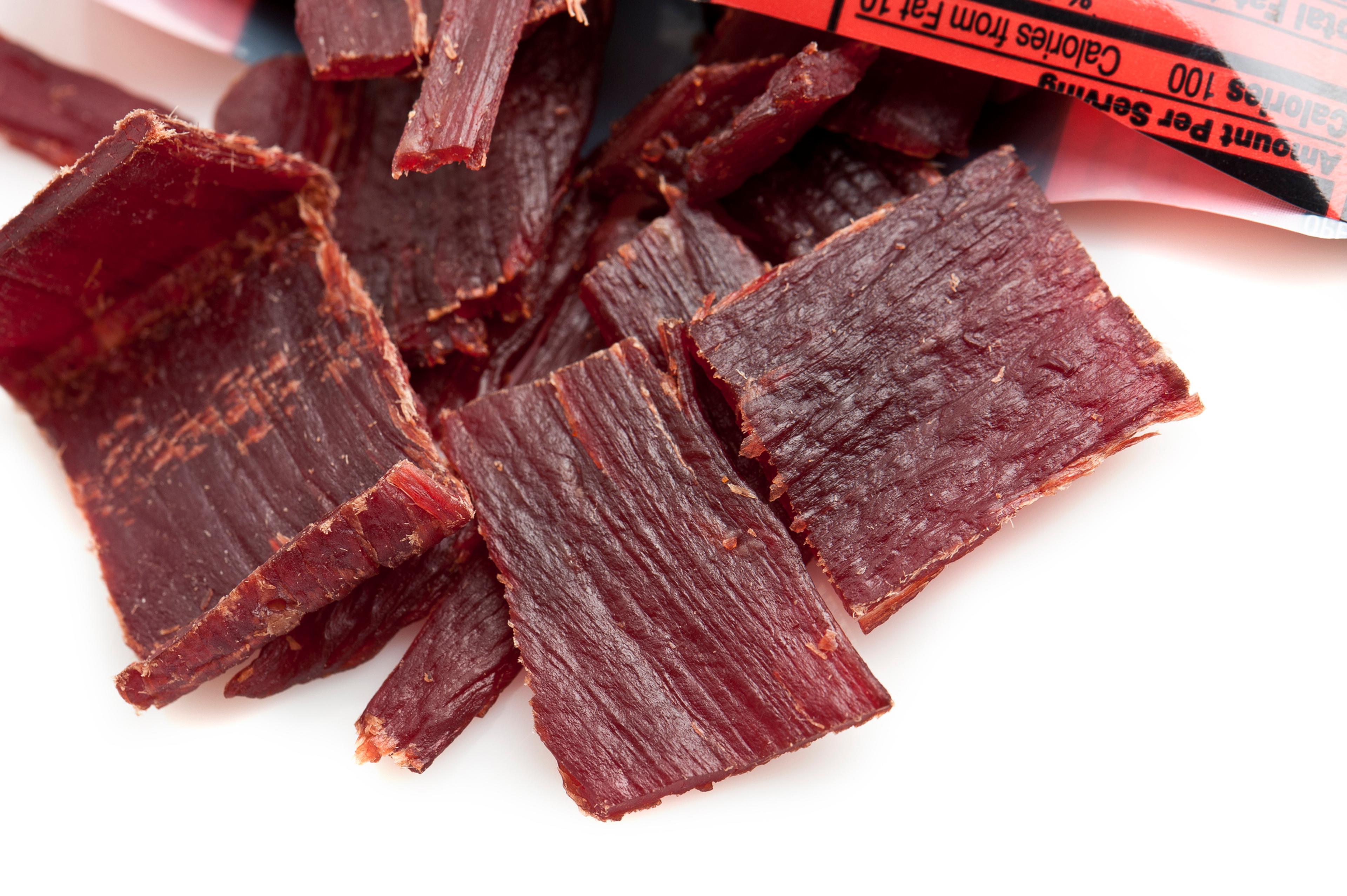Get Your Garden Ready for the Fall with These Tips
Jake Newby
| 4 min read

We all hate to see the summer go. Usually in Michigan, it’s gone before it wears out its welcome. But with the inevitable change in seasons comes some necessary fall prepping. The same way we start incorporating more sweaters and hoodies into our wardrobe ahead of the fall, we need to take some measures to prepare our gardens for the new season.
You may not be as enthusiastic to roll up your sleeves and get working on your garden as you were in April, but you’ll be glad you did it in about seven months. Abandoning it altogether will put you back at square one next spring. With that in mind, here are seven ways to get your garden fall ready this year.
Tidy up your garden bed: First things first, get rid of any dead branches, plants and other debris. Consider rounding up dropped fruit and dead vegetables to a compost pile, unless they are diseased. In that case, toss them out as well.
Rip out all the weeds: This obviously isn’t the most fun part of the gardening process, but weeding your garden in the fall prevents them from growing later. Put your garden gloves on and pull up the weed by its stem and roots, using moderate force and pulling straight up. Weeds can also go in a compost pile, if you’re starting one.
Relocate potted plants, herb gardens: Push potted plants that stay outside all winter against the side of your home to protect them from wind. You can even wrap the bottoms of them in burlap bags or sheet burlap for insulation. If you have a herb garden, bring it indoors, as they are sensitive to the cold.
Give existing perennials, plants and flowering-shrubs a gentle prune: Pruning is generally best reserved for the first winter frost or next spring, but some crops are ready to prune right as the fall arrives. Pruning plants like perennial herbs, roses, and fruit trees is generally fine. When pruning and giving shrubs a light trim, be careful not to overdo it and risk cutting all the buds off, as that could prevent those plants from blooming to their full potential next spring.
Gardeners need a way to compare their garden climates with the climate where a plant is best suited. You can determine your hardiness zone by visiting garden.org, entering your zip code, and then reviewing the climate zone listed. This site also offers information about when to prune your plants for the fall.
Test your soil and lay down mulch or compost: Once you’ve harvested any remaining herbs and veggies, check your soil nutrient composition and pH level using a test kit. Fall is a great time to test because it allows you the time you need to make adjustments that will be effective once you are putting plants in the ground. After that, lay down mulch or compost, applying enough to refresh what has broken down over the spring and summer. Fall mulch can insulate soil and plant roots. Any perennials should be covered with mulch, too.
Visit a local farmer’s market for late season deals: You’d be surprised at the bargains you might find on fresh veggies, herbs, fruits and other farmer’s market goodies. Keep an eye out for fall-blooming annuals, pumpkins, ornamental cabbages and kale if you want to give your garden a full fall makeover.
Plant trees and shrubs: Now to close with the fun stuff! Fall is a good time to plant certain trees and shrubs. Perennials included, as the fall provides the roots with a growing season before the ground freezes. They can then be prepared to wake up in the spring before their first summer. Containers or burlap-ball shrubs and trees should be planted about four to six weeks before the first frost so they can get established before winter, making mid-August an ideal time.
Read more on AHM:
Photo credit: Getty Images





